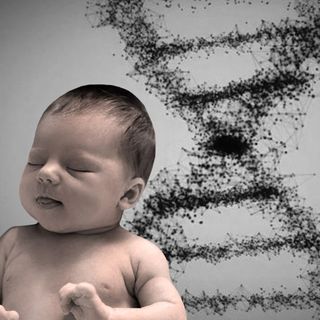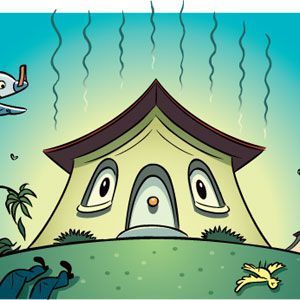“There is nothing normal about the complex and frightening reality we are describing today,” Rachel Bronson, president and CEO of the Bulletin of the Atomic Scientists, told reporters last Thursday. The group of scientists are in charge of adjusting the time on the Doomsday Clock, where midnight is a metaphor for the end of the world.
Every year, scientists and nuclear experts come together to assess geopolitical affairs and set the hands of the clock either farther from or closer to global catastrophe. This year, the hands stand at two minutes to midnight, with scientists citing climate change, political unrest, and the risk of nuclear war as threats to the entire world.
“This new abnormal is simply too volatile and too dangerous to accept as a continuing state of world affairs.”
Rachel Bronson, president and CEO of the Bulletin of the Atomic Scientists The clock has stayed at its position at 11:58 from last year, the closest we’ve ever been to destruction since 1953, when the US and Soviet Union were testing atomic bombs. But the clock staying at the same time as last year does not mean we can rest easy. “The 2019 time should not be taken as a sign of stability but as a stark warning,” said Bronson at the National Press Club in Washington, DC. “It’s a state as worrisome as the most dangerous times of the Cold War. It’s a state that features an unpredictable and shifting landscape of simmering disputes that multiply the chances for major conflict to erupt. This new abnormal is simply too volatile and too dangerous to accept as a continuing state of world affairs.”
US-Russia relations and arms-control architecture in countries are deteriorating, while carbon emissions — which had been staying at the same level for the past few years — have seen an uptick, leading the Bulletin of the Atomic Scientists to send this warning message. Criticizing US President Donald Trump’s decision to abandon the country’s nuclear deal with Iran, its instability of political relations with North Korea, and the “threat multiplier” of fake news and misinformation around the world, caused members of the Bulletin to state that “a new Cold War is underway — one equivalent to the most dangerous year of the first Cold War.”
When veterans of the Manhattan Project founded the Bulletin of the Atomic Scientists in the 1947, it wasn’t necessarily meant to serve as a harbinger of doom, per se, but a reminder of the issues we have to address to ensure the safety and prosperity of humanity. And we haven’t always teetered on the brink of metaphorical destruction — in 1991 we were 17 minutes before midnight.
But the board of scientists and experts, including 14 Nobel Laureates, believe that in 2019, we are the closest we have ever come, to total annihilation. And that should serve as a wake up call.
While we can always try to turn back the clock, Bronson told The Washington Post, “We expect to be here for some time, in this precarious situation, which is why we’re calling it the ‘new abnormal.” However, she added, “things can happen for good or for bad very quickly.”




